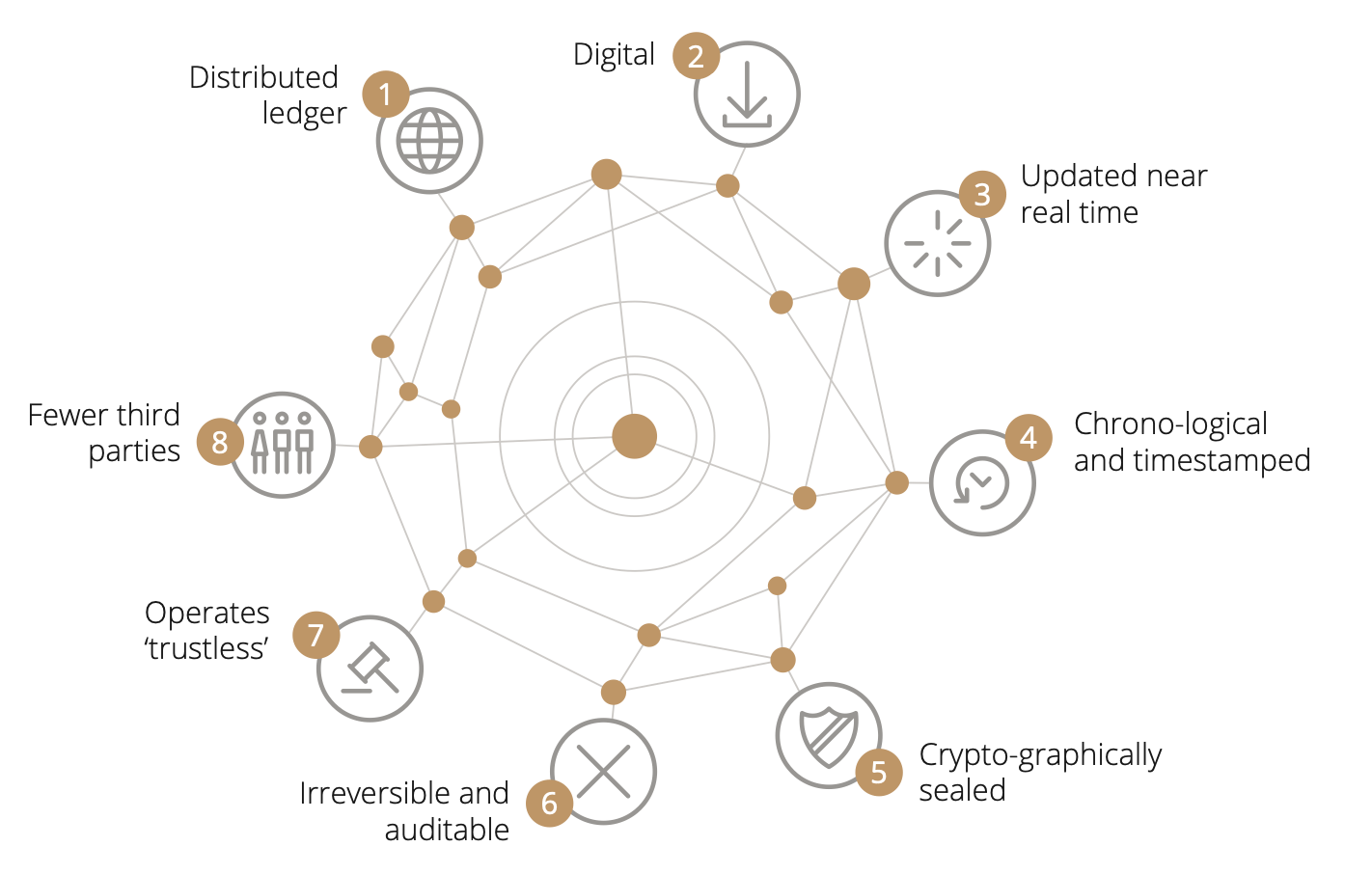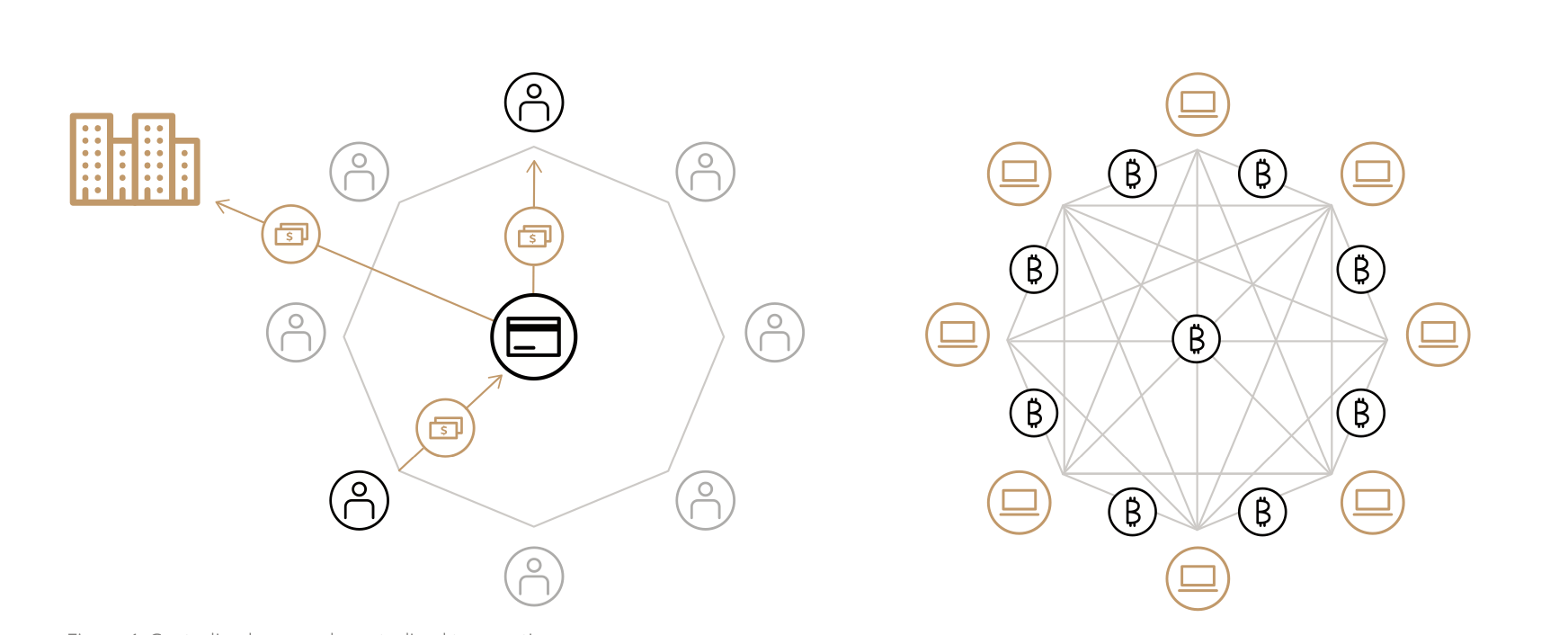Why Blockchain
Blockchain is currently one of the technologies people are most talking about. Every industry should either be excited or concerned about its potential, with use cases, proof of concepts and entire companies based on blockchain technology steadily emerging.
Blockchain technology can disrupt business models in many industries, including telecommunications, by increasing transparency and efficiency. However, blockchain applications are young and are still evolving, which means that industry-wide standards are most likely a few years away.
To avoid unpleasant surprises or missed opportunities, however, strategists, planners and decision-makers in the telecommunications ecosystem should study the applications of blockchain technology in core and secondary business operations. Being familiar with the opportunities and challenges of this technology will benefit them when blockchain is mature and ready for widespread adoption.
The key features of a blockchain, trust and stability, are integral to its potential.
Trust - Network consensus methods and cryptographic technology are used to validate transactions, so trust is not established externally by a central authority or auditor, but rather continuously within the network.
Stability - New information stored in the blockchain is immutable. Its registration method prevents the deletion or reversal of transactions once they have been added to the chain. Furthermore, decentralized storage in blockchains is known to be very resilient, even if a large number of network participants fail, the blockchain remains available.
Last updated


